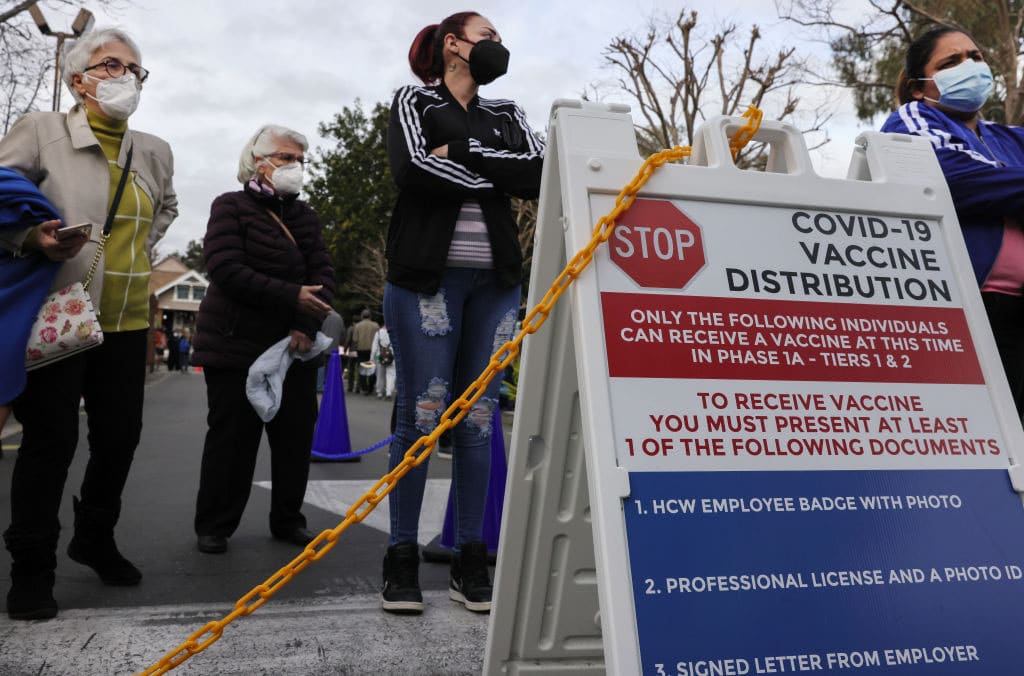
We’ve now experienced a full year with this pandemic. This milestone offers an opportunity to take account of the battle, review our current understanding of the virus and apply that information to assess our future.
We now understand the two viral characteristics that made COVID-19 the nightmare pandemic agent we’ve long feared: its ease of transmission from person to person by ubiquitous respiratory droplets and its astonishing spectrum of symptoms. Spread is enhanced by the 30 to 40% of COVID-19 patients who have no symptoms and can unknowingly spread the disease to others, who may manifest serious illness or even death.
Why some struggle profoundly and even die while others are asymptomatic from the same virus remains mysterious. One explanation is that any substantial preexisting health impairment — occult or known — can prove lethal. The prevalence of such preexisting impairments, plus poor health care access, goes far to explain the disproportionate impact of COVID-19 on minority communities.
Unfortunately, physicians and public health experts tend to avoid extrapolating from this growing knowledge, depriving the public of a perspective on the range of possible outcomes for the pandemic. Health experts may worry that optimistic scenarios could cause over-confidence and impair compliance with public health directives, while pessimistic scenarios might do the same due to discouragement. Finally, experts may wish to avoid personal embarrassment if their prognostications prove erroneous. Both the public and experts should realize that informed speculations are subject to revision based on emerging facts. Though imperfect, they contribute the public’s evolving understanding and its ability to respond to the virus.
The past few weeks have been better for the humans than for the virus. Although “herd immunity” — the level of immunity in the population that prevents further spread — is still a long way off, we have achieved a stage that might be termed “herd resistance,” in which the level of immunity in the population reduces infection rates. For example, California’s current estimated daily case rate, about 4,000, has fallen to less than a tenth of the January peak.
This drop-off in cases indicates that the virus is now less able to find susceptible individuals to infect. Those not susceptible include about 30%-40% of the population who have been previously infected, 10% who were vaccinated and perhaps 10-20% who isolate diligently enough to face no risk of encountering the virus. The current plateau might continue to taper down to a resolution of the pandemic. It might dwindle indefinitely into the future. Or the plateau could prove to be a temporary lull before a resurgence, like the pre-Thanksgiving dip in cases.
The current drop-off in cases indicates that the virus is now less able to find susceptible individuals to infect.
Which scenario plays out depends on several critical factors that influence the percentage of the population that remains susceptible:
- Durability of immunity: We know that immunity from viral infection lasts for at least three months. We don’t know how long the immunity from vaccination will last. Should either form of immunity prove short-lived, the pool of those susceptible to infection could be gradually replenished.
- The level of protection afforded by vaccination: Although we know that vaccinated individuals rarely get significant illness in the short run, we don’t know whether they can develop asymptomatic infections that would allow transmission to others. If vaccinated individuals can act as asymptomatic spreaders, the virus would continue to circulate from vaccinated individuals to others.
- The impact of new variants on transmission and on the reliability of vaccine-mediated protection: These two factors remain unknown. Re-vaccination with updated vaccines could enhance protection against new variants, but routine periodic re-vaccination would prove challenging on a mass scale.
- The willingness of the public to continue masking and social distancing: Premature abandonment of these crucial practices would allow more contagious emerging strains to become better established and more difficult to eradicate.
If vaccination rates are high and compliance with masking and social distancing remains good, the goal of herd immunity and ultimate eradication of the virus remains possible The alternative would likely be endemic COVID-19 that persists among those who fail to get vaccinated or those whose immunity fades. Endemic COVID-19 would likely require individuals to protect themselves by periodic re-vaccination to boost the immunity provided by the first round and to cover newer strains as they emerge.
Despite the uncertainty, one reassuring likelihood is that those who vaccinate and continue to follow public health directives are unlikely to ever suffer serious forms of COVID-19. In the meantime, we can all mitigate the risks of the pandemic by vaccinating ourselves as soon as we’re eligible, encouraging our friends and relatives to vaccinate and continuing with our masking and social distancing practices. The tide may be turning in our favor. We all need to do our part to maximize the chances of success.
Daniel Stone is Regional Medical Director of Cedars-Sinai Valley Network and a practicing internist and geriatrician with Cedars Sinai Medical Group. The views expressed in this column do not necessarily reflect those of Cedars-Sinai.















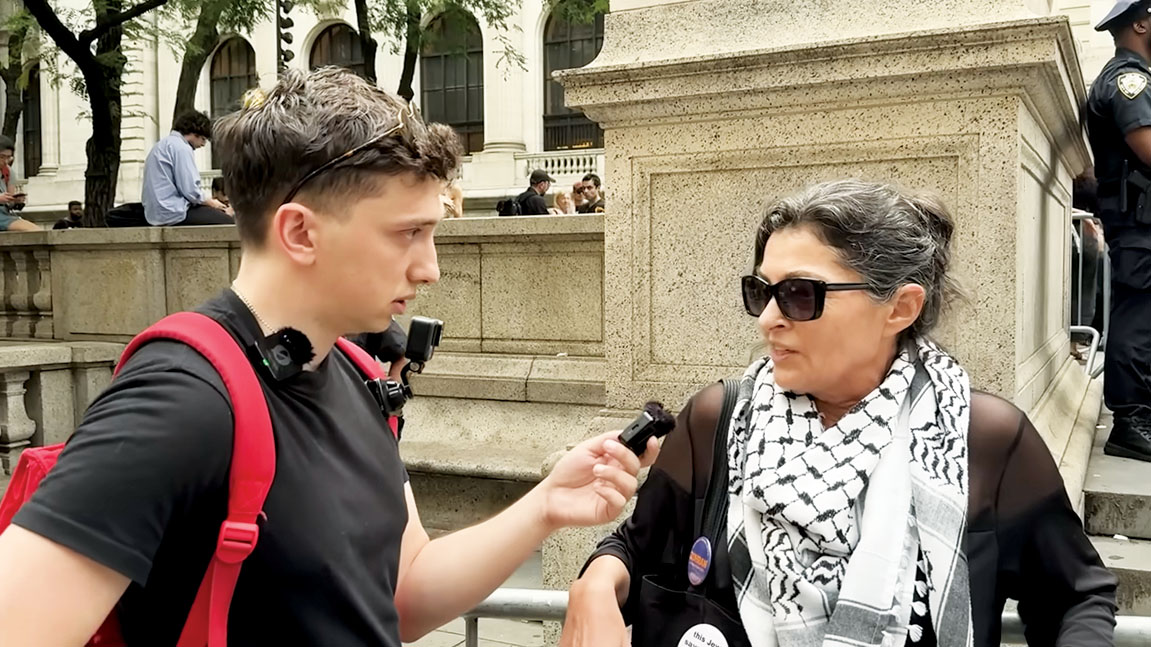



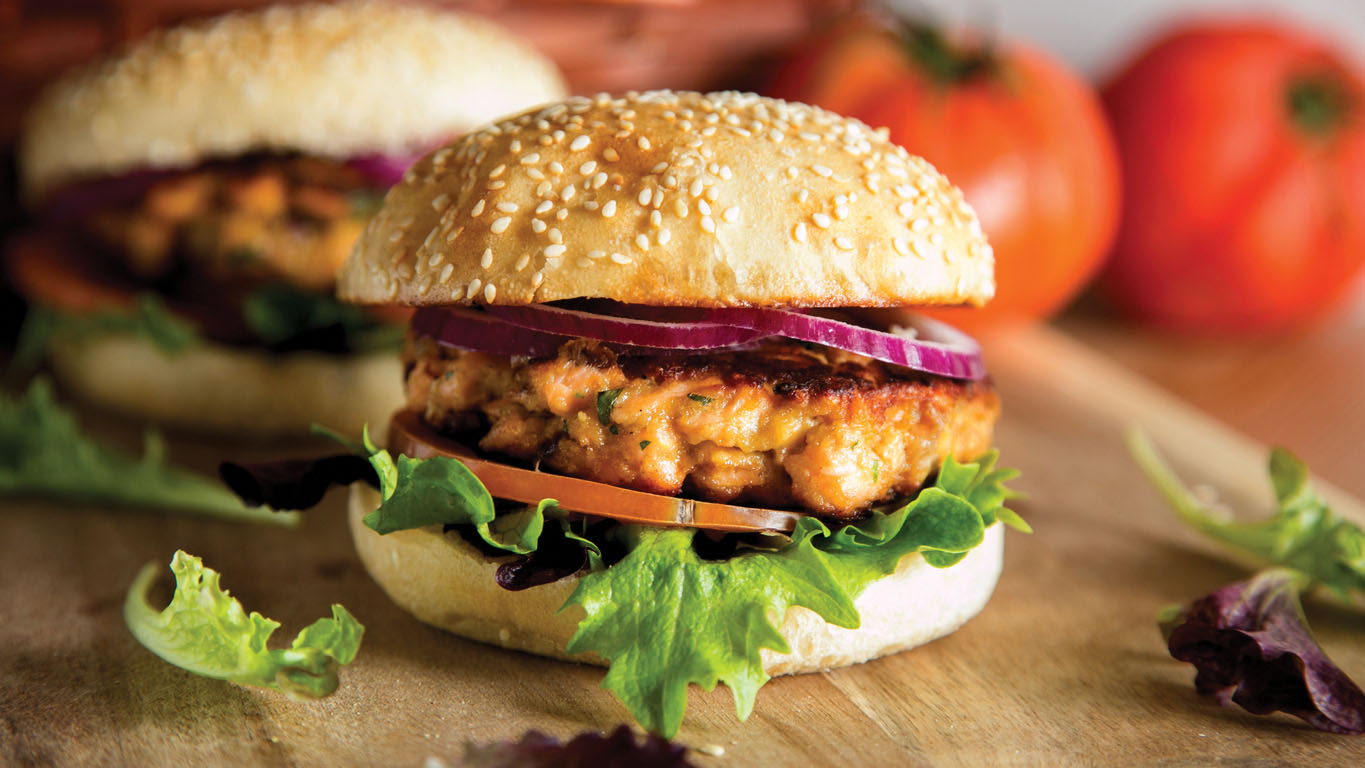
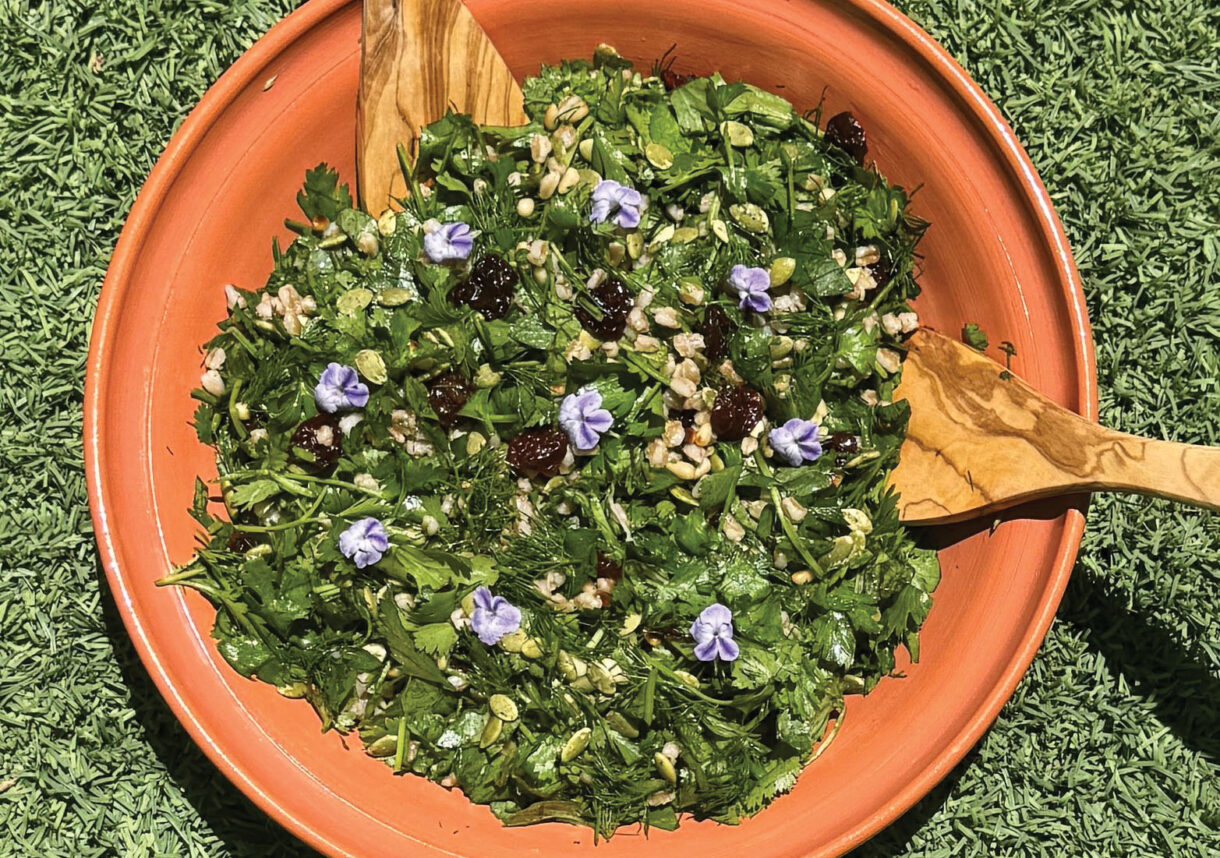
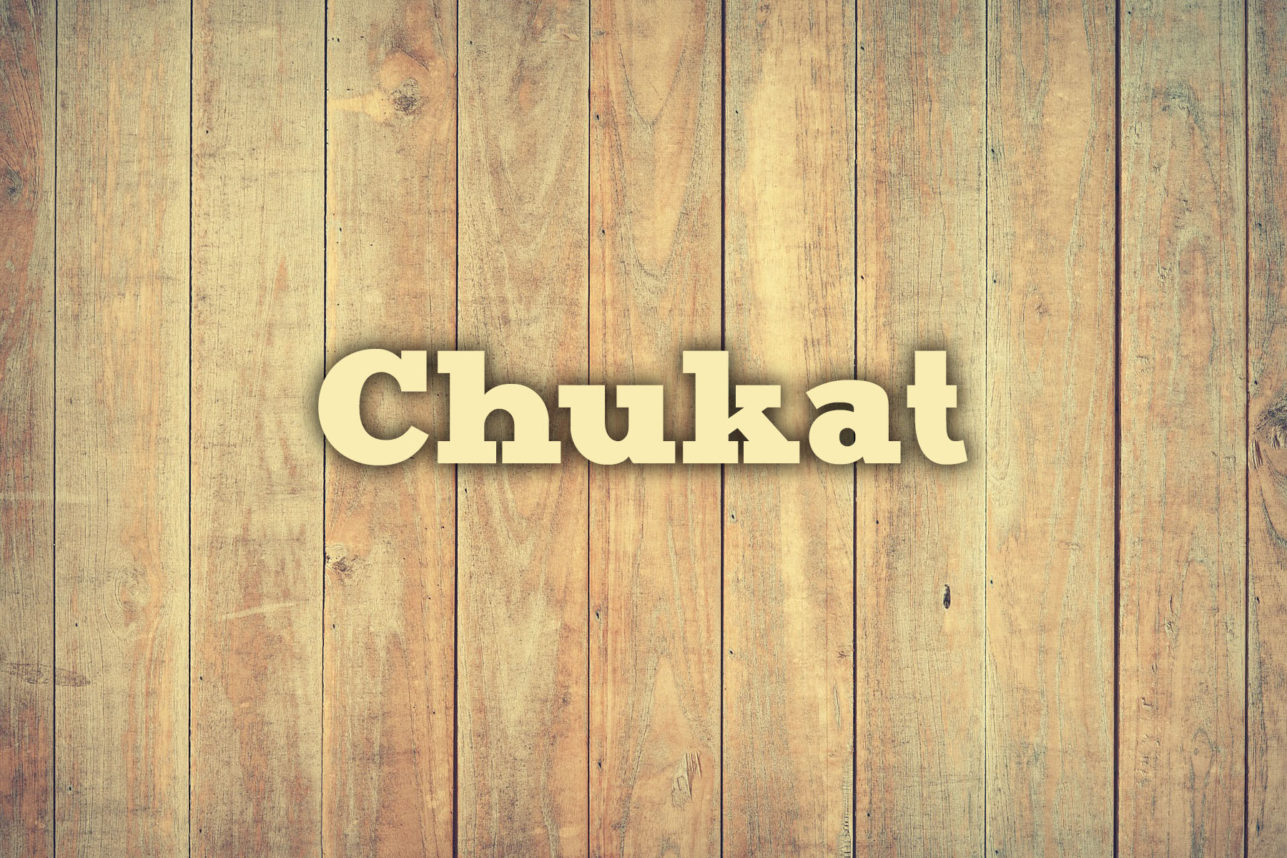












 More news and opinions than at a Shabbat dinner, right in your inbox.
More news and opinions than at a Shabbat dinner, right in your inbox.